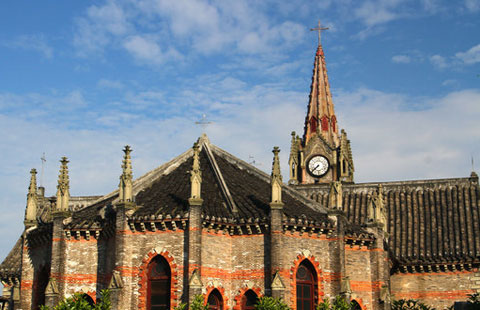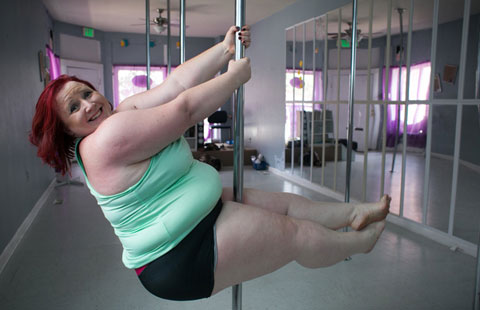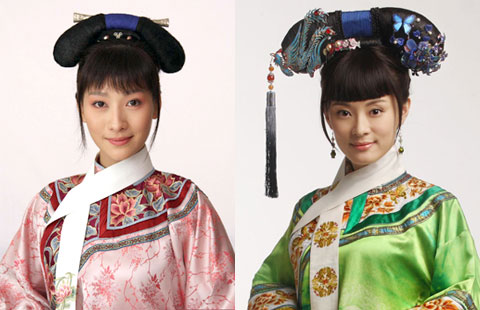
|
The first high-tech Collinsclass submarine is lowered into the water in 1993 at Port Adelaide, Australia. A huge submarine deal was on the table on Wednesday at the fifth round of so-called "2+2" talks when Japan and Australia meet to shore up their military relationship. Provided to China Daily |
Japan and Australia intend to move ahead this week with plans to develop stealth submarine technology, as Japanese Prime Minister Shinzo Abe pushes to give his country a more assertive global military role.
The submarine technology is a top item at "2+2" talks among the nations' foreign and defense ministers on Wednesday in Tokyo.
The study, called "research on marine hydrodynamics", aims to develop technology to build a faster and stealthier submarine with reduced water resistance and a screw with noise-reduction effect on bubbles, Japanese defense officials said earlier this week, briefing reporters on condition of anonymity.
The research would be applicable to any vessel, so would not necessarily lead to the sale of Japanese submarines to Australia, which is also exploring purchasing submarines from Germany and France.
The joint study opens the possibility of Japan supplying military technology overseas. The Abe government eased Japan's self-imposed limits on military exports in April, paving the way for its largely domestic defense industry to go global. Japan has also agreed to develop hazmat suits with Britain, and is seeking to export US2 search and rescue aircraft to India.
Japanese Foreign Minister Fumio Kishida and Defense Minister Itsunori Onodera are hosting their Australian counterparts, Julie Bishop and David Johnston, at Wednesday's meeting. The four are expected to agree to strengthen military ties.
Abe says the US-Japan alliance remains central to his security policy, but has expanded defense cooperation with Britain, France, India and several Asia-Pacific nations, particularly Australia, amid concerns that budget pressures may reduce the presence of the US military.
He is trying to ease constitutional restraints so Japan's military can use force not only in its own self-defense but also to defend foreign troops.
Onodera has said Australia has a strong interest in Japan's submarine technology, and that Japan is open to discussing ways to accommodate Australia's interest in the highly classified technology. Johnston is expected to tour a Japanese Soryu-class submarine at Yokosuka naval port, south of Tokyo, during his visit.
The 2,950-ton, Soryu-class diesel-electric submarine is the most advanced model in Japan's fleet of 16 submarines. It comes with air-independent propulsion technology acquired from Sweden, and is armed with torpedoes and Harpoon missiles.
"We would like the Australian side to closely look at the Japanese defense equipment so we can build an even more cooperative relationship between Japan and Australia," Onodera told reporters on June 5.
Australia is also in talks with Germany and France about a A$40 billion ($37 billion) plan to replace its Collins-class submarines.
No deal on submarine or other specific military technology is expected during the Australian ministers' visit, but the two sides are expected to reach an agreement that will allow joint development of defense technology.








